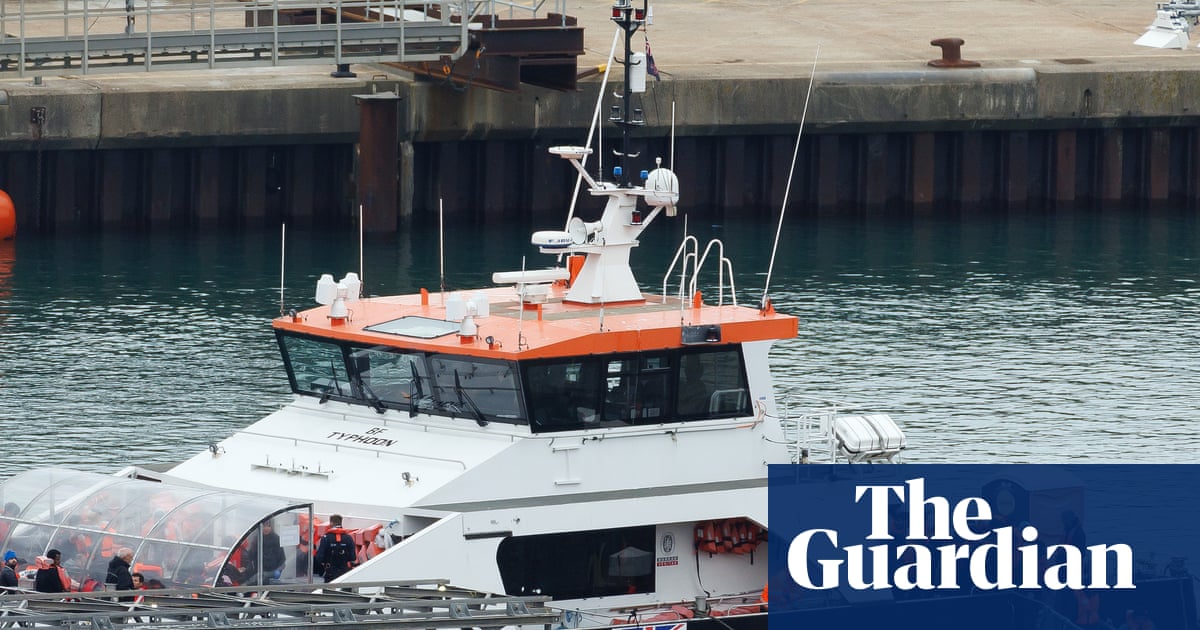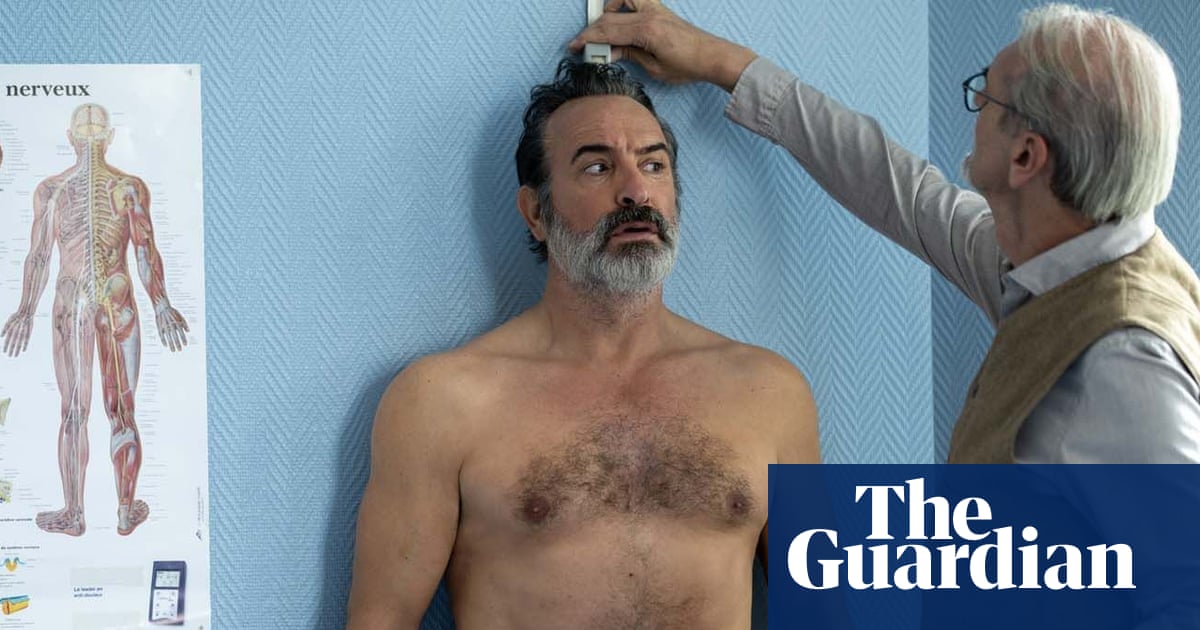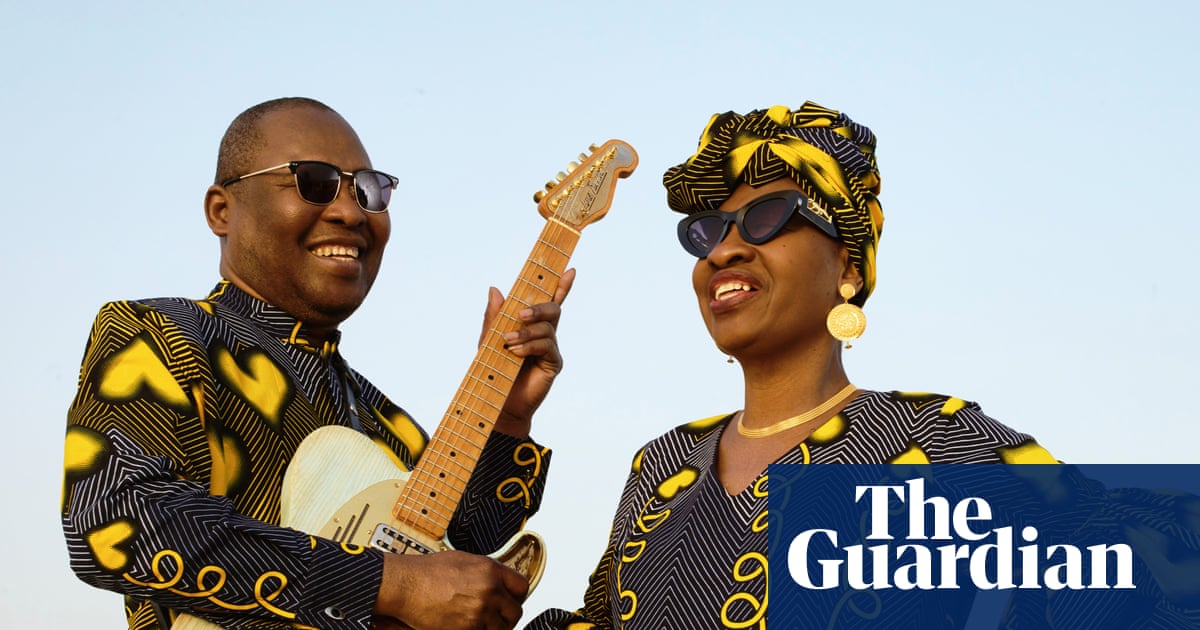By 10am on the midsummer Day of the Ox, the city of Narita smells of charcoal and sugar. The cobbled road is thronged with visitors lining up to buy grilled eel, a traditional delicacy believed to cool the body and keep spirits up in the humid weather.
“We’ll be so sad if it becomes extinct and we can’t eat eel any more,” says a customer sitting on the tatami-mat floor in Kawatoyo, a popular restaurant specialising in grilled eel, which has been operating for more than 115 years.
For the past decade, he and his wife have driven for two hours to be part of this midsummer celebration, along with thousands of other Japanese people across the archipelago.
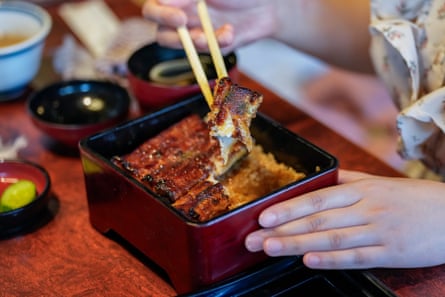
-
Kabayaki-style eel, grilled with tare sauce, served at Kawatoyo restaurant in Narita. Photograph: Toru Hanai
His fear is well founded. Of the 286,000 tonnes of eel eaten globally, 99% are American, Japanese and European eels, according to a recent study by Chuo University. They are listed as endangered – and critically endangered, in the case of European eels – by the International Union for Conservation of Nature (IUCN).
Their numbers have plummeted due to habitat loss, pollution and the climate crisis – but also due to a thriving illegal trade in European eels. Worth about €2.5bn (£2.1bn) a year, eel trafficking is Europe’s biggest wildlife crime. “If there is a demand, there will be trafficking,” says José Antonio Alfaro Moreno, lead of Europol’s anti-eel trafficking operation.

-
Visitors come from all over Japan to eat eel on the Day of the Ox in midsummer in Narita. Photograph: Toru Hanai
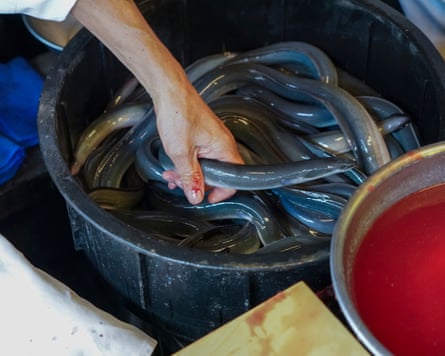
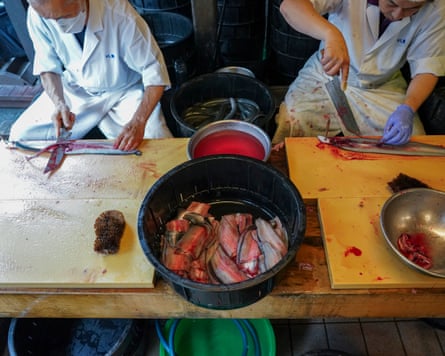
-
Live eels ready to be prepared for the table in Kawatoyo restaurant. Filleters cut the eels ‘Chiba style’, or head to tail, ready for grilling. Photograph: Toru Hanai
Despite a ban on eel exports from Europe 15 years ago, the fish are still ending up on plates around the globe – but in particular in Asia. More than half of seizures of European eel between 2011 and 2018 were destined for China, a country that accounts for 70% of the world’s total eel exports. Japan is one of the largest consumers of eels globally and in 2024, an estimated 73% of the eel consumed in Japan was imported, according to the Japanese Fisheries Agency.
So how has such a large illegal trade been allowed to prosper and what is being done?
To find out, more than 50 scientists, eel farmers, brokers, environmental activists, law enforcement officers, criminologists and eel importers were interviewed across Japan, Spain, Italy and France. International trade data, photographs and documents relating to the illegal trade were also analysed.
Traceability
The scale of the illegal trade did not really become clear until 2016 when Hong Kong authorities intercepted luggage filled with plastic bags of live fish and asked Dr David Baker of Hong Kong University to develop an eDNA test to identify exactly what it was. Baker discovered these writhing bags were filled with European eels.
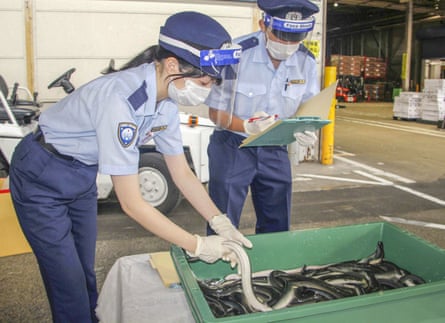
-
Customs officers at Narita airport near Tokyo handle a consignment of eels. Summer is busy for imports as it is a period of high demand for the fish. Photograph: Kyodo News/Getty Images
“It hit me like a ton of bricks that a critically endangered species is on the shelf at all these commercial retail outlets [outside Europe],” says Baker, who found that 45% of convenience store eels in Hong Kong were European. Baker shared his genetic test with authorities globally.
Similar eDNA toolkits are used now around the world to test eel shipments, including in a 2022 case in the US. But, it is only one tool. Since the 1990s, many seafood products have become part of a traceable digital chain that can be followed from fisher to consumer. But there is no global system for eels.
“There is no traceability,” says Dr Hiromi Shiraishi of Chuo University. She says that even for Japanese importers who are trying to do their best and only source legal eels, “it is very difficult to determine where these eels originally came from”.
As a result, in 2017, Europol launched the Operation Lake taskforce with one goal: stop eel traffickers.
Investigators focused on poaching hotspots: France, Spain, Portugal and the UK. But as soon as one network was discovered, another emerged. Today, police chase traffickers across 30 countries, working with local authorities.
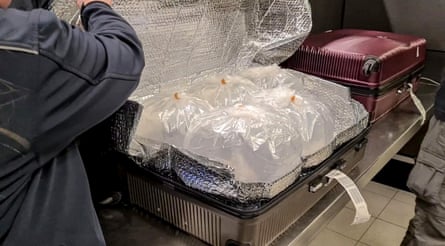
-
Suitcases full of glass eels seized at Schiphol airport, Amsterdam. Photograph: NVWA
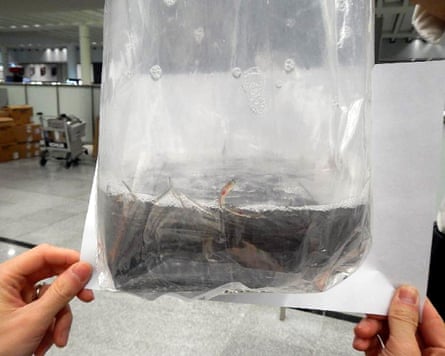
-
Customs officers at Hong Kong airport seized 48kg of European glass eels in the luggage of a passenger arriving from Bilbao via Paris. Photograph: Hong Kong Customs and Excise Department
“The new trend is the African route,” says Moreno. Glass eels (the transparent, finger-sized, juvenile stage of European eels) are flown or ferried into Morocco, Mauritania or Senegal, where they can be “cleaned” into legal exports towards Asia. These transit countries also allow traffickers to refresh shipments, including changing water, at a lower cost than in Europe. Scientists are employed to keep the eels’ death rate at 1% of the total shipment.
“It is incredible how good they are at doing their job,” says Moreno. “It is because it is a lot of money.”
Smuggling methods also evolve. During Covid, when airport security relaxed, eels were hidden in suitcases – one “mule” could carry 50kg spread across three bags. Now, the bigger profits are in fresh cargo shipments. Packed between mussels or frozen meat, a single shipment can conceal 500kg of glass eels.
The latest iteration of Operation Lake ran from October 2024 to June 2025, with 16,131 inspections across Europe, resulting in 26 arrests and 22 tonnes of glass eels seized.
But despite such arrests over the years, traffickers remain one step ahead, their routes as slippery as the fish themselves.
Trafficking
In Landes, a department next to the French Basque country, Joseba Aguirrebarrena is at work checking his square tanks, whose surface water is disrupted by a constantly aerating pump for the thousands and thousands of writhing eels. These eels are sourced from the nearby Adour River, where the handful of remaining eel fishers set up their fine-mesh sieves on the banks of the gushing waters under moonlight.
Aguirrebarrena, one of only three glass-eel brokers left in France, buys eels from fishers across France’s Atlantic coast and sells them on to other farms, restaurants or individuals across Europe, mainly to Spanish cooks and breeders in northern Europe, or for repopulation programmes across the EU. Others will raise the fish until they are ready to be consumed – legally – across Europe, where they are still celebrated, despite their decline.
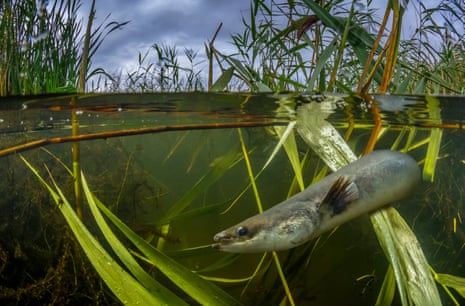
-
A European eel in its freshwater habitat in wetlands along the Severn estuary, Gloucestershire, UK. Photograph: Neil Aldridge/Getty Images
In the Basque region, for example, glass eels are prepared with olive oil and garlic for the San Sebastián feast day, while in Italy’s Po River delta, adult eels are sliced and grilled with salt, or added to a risotto.
The constant attempts by European authorities to crack down on the illegal eel trade means that everyone involved in the industry, including Aguirrebarrena himself, has faced litigation at some point, suspected of either selling the eels to traffickers or not having official documentation for their eels. This frustrates and concerns Aguirrebarrena and his son, who runs the business with him. Neither see trafficking as the main threat to the eel.
“For us, is it important for the ministry and the state to realise that there are other problems [than cracking down on fishers and traders],” says Ibai Aguirrebarrena Mendiboure, his son. The pair are asking the government to stop dam projects and to “stop wastewater pollution”.
Aguirrebarrena Sr estimates that eels have lost 70% of their habitat in the past 40 years.
As a result, some would like to see European countries take firm action by following guidance from the International Council for the Exploration of the Sea (Ices) to temporarily close eel fisheries across the continent. “Ministers ignore repeatedly every year this advice of zero catches,” says Javier Lopez, of the environmental organisation Oceana.
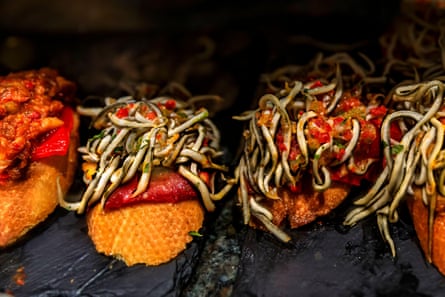
-
Traditional Spanish pintxos of baby eel, or angulas, and ham on display in a restaurant in Donostia-San Sebastián, in the Spanish Basque country. Photograph: SvetlanaSF/Alamy
But not everyone – including the Aguirrebarrenas who have a business to maintain – thinks eels are best protected by closing fisheries. In 2023, the General Fisheries Commission for the Mediterranean (GFCM) advised countries that eel fishing should remain partly open so that fishers can help maintain habitats.
Eleonora Ciccotti, eel scientist and specialist at the University of Rome, who found that rivers are suffering from damming, degradation, water pollution and loss of habitat, agrees with that analysis. “If there is not a fishery, nobody will maintain the channel because it is expensive, complicated,” she says.
Meanwhile, many of the eels that are left continue to be poached from rivers and sold to traffickers for prices beyond what fishers can achieve selling legally in Europe.
What has further complicated matters is that, as a species, eels are sometimes treated differently by different countries. These anomalies are exploited by eel traffickers.
“It is reasonably easy to understand when cocaine is being trafficked or drugs are being trafficked because they are illegal everywhere,” says Dr Mònica Pons Hernández, an environmental criminologist at Bergen University. Pons Hernández says the eels’ legal place in the market “jeopardises absolutely everything”.
Saving the eels
In November, at a conference in Uzbekistan focused on protection of endangered species, the European Union, along with Honduras, will sponsor a vote to enhance the protection of all Anguilla eel species, which would include Japanese and American eels, in the Convention on International Trade in Endangered Species (Cites) wildlife protection treaty.
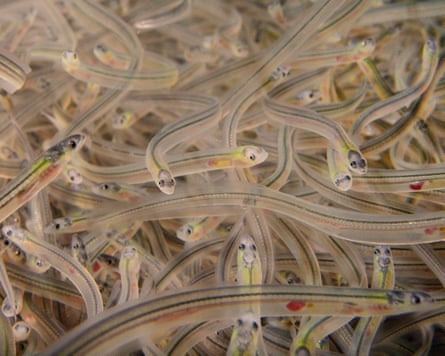
-
Young European elvers are being poached from rivers and sold to traffickers. Photograph: Nature Picture Library/Alamy
Proponents say this change to the treaty would limit the ability of traffickers to pretend that European eel is American eel. But it would also mean that all eel shipments globally would require additional export permits, something that eel industry advocates say would increase costs and create unnecessary paperwork.
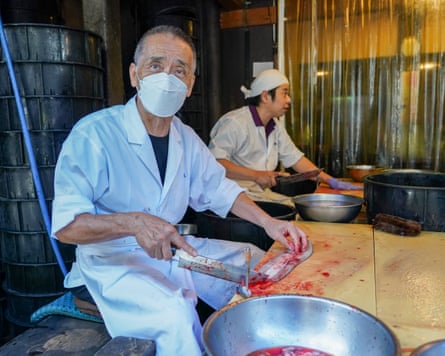
-
Eel filleters cutting an eel ‘Chiba-style’ at Kawatoyo restaurant in Narita, Japan. Photograph: Toru Hanai
Asia, especially Japan, is pushing back. “The EU proposal … is really unfair,” says Shinya Matsuura, president of the Japanese Eel Importers Association, who will travel to the conference to lobby against the proposal.
Pointing to 2025’s bumper crop of Japanese baby eels reported across China, Korea and Japan, the association feels that Asian countries have been able to manage their stocks appropriately while Europe failed to do so.
After a decade of conservation, law enforcement and trade agreements have failed to stop European eel trafficking, one avenue of hope is that the rise of the conscientious consumer will result in diners actively seeking out homegrown eels.
“My dream is to make Narita unagi [eel],” says Kosumi Ito, the third-generation owner of Kawatoyo restaurant in the city, in Japan’s Chiba prefecture. At his restaurants, every eel is cut from head to tail, in the Chiba style, by a dedicated filleter who has trained for years in the tradition. Faced with the decline of local eel, Ito recently embarked on a new venture: raising eels at one of his restaurant locations. “We want to go back to our history – let’s eat the unagi that we catch in Chiba.”
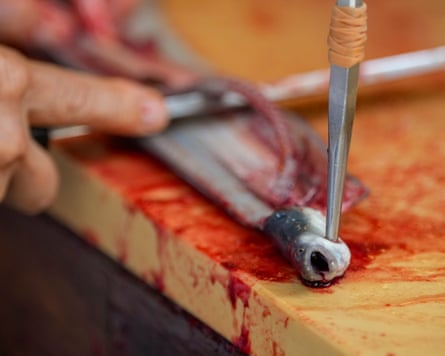
-
Filleting an eel in Kawatoyo restaurant, Narita. Photograph: Toru Hanai
But for others, conservation seems futile. “The only end of the glass eels trafficking, as far as I see, is the extermination of European eel,” says Europol’s Moreno. “Because if you don’t have anything to fish, you don’t have anything to smuggle.”
-
Additional reporting by Alice Facchini and Sofia Nardacchione in Italy.
-
This investigation was developed with the support of Journalismfund Europe.

 3 hours ago
5
3 hours ago
5





